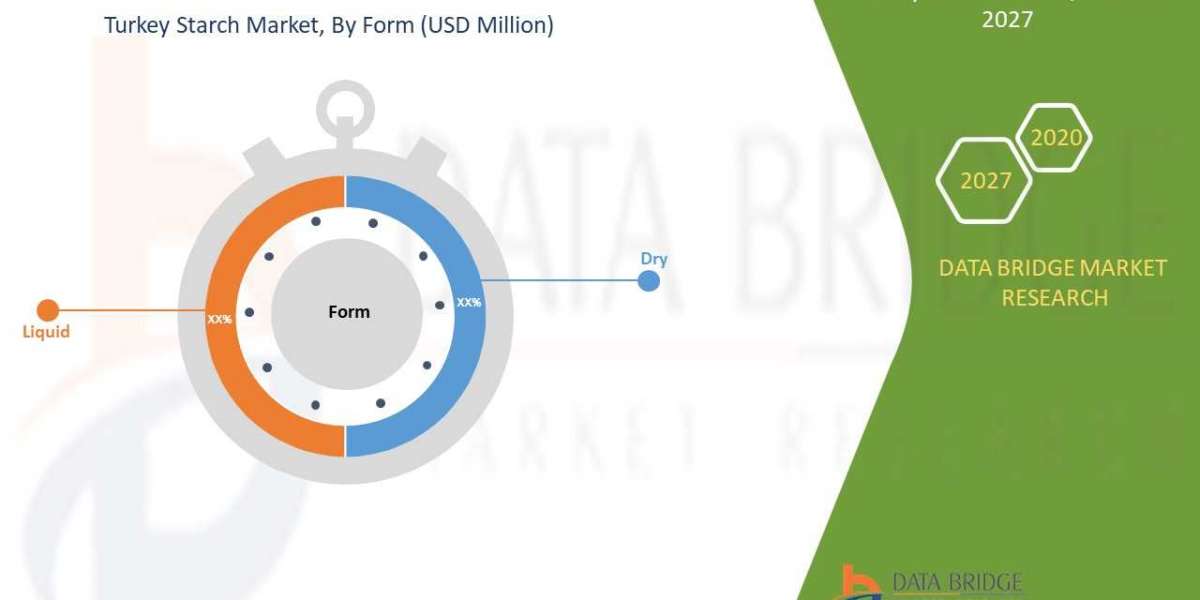As we step into 2024, the Digital Identity Solutions Market is poised for a remarkable transformation. In an era where our lives are increasingly conducted online, the need for secure and reliable identity verification has never been more critical. From online banking to social media interactions, the importance of robust digital identity solutions cannot be overstated. This year promises to redefine how we approach identity management, leveraging technological advancements to enhance security and improve user experiences.
The Evolution of Digital Identity
The digital identity solutions market has been on a rapid growth trajectory, with an estimated market value of $15 billion in 2023 and a forecasted growth rate of 15% annually through 2030. This expansion is driven by several key factors, including the surge in cyber threats, the increased prevalence of remote work, and the tightening of regulations surrounding data protection. As organizations navigate this evolving landscape, they must prioritize implementing advanced identity management solutions to safeguard sensitive information.
Key Trends for 2024
Several trends are emerging in 2024 that will significantly influence the digital identity solutions market:
- Biometric Authentication: Biometric technologies, such as facial recognition, fingerprint scanning, and voice recognition, are becoming integral to identity verification. These solutions offer unparalleled security and convenience, allowing users to authenticate themselves quickly and accurately. By reducing reliance on traditional passwords, which are often vulnerable to attacks, biometrics enhance overall security.
- Artificial Intelligence (AI): AI is playing a transformative role in identity verification. By employing machine learning algorithms, organizations can analyze user behavior patterns and detect anomalies in real time. This proactive approach to fraud detection not only enhances security but also minimizes user friction during the authentication process.
- Decentralized Identity Management: The rise of blockchain technology is reshaping the way identities are managed. Decentralized identity solutions allow users to control their personal data, reducing the risk of centralized databases being compromised. This shift toward user empowerment is a significant development in the quest for secure identity management.
- Regulatory Compliance and Trust: As governments worldwide implement stricter data protection regulations, businesses are compelled to adopt robust identity verification practices. Compliance with regulations such as the General Data Protection Regulation (GDPR) and the California Consumer Privacy Act (CCPA) is essential for building consumer trust and mitigating legal risks.
The Road Ahead
Looking ahead, the future of digital identity solutions in 2024 will be marked by innovation and collaboration. Organizations must invest in cutting-edge technologies that enhance security while providing seamless user experiences. The growth of identity-as-a-service (IDaaS) platforms offers businesses flexible and scalable solutions, allowing them to adapt to the ever-changing landscape of digital identity management.
For More Info: - https://www.gmiresearch.com/report/digital-identity-solutions-market/
In conclusion, the digital identity solutions market is on the brink of a significant transformation in 2024. By embracing emerging technologies and prioritizing user-centric approaches, organizations can redefine identity management. This shift will not only enhance security but also foster trust and loyalty among users in an increasingly digital world. As we navigate this new era, the focus on secure, efficient, and user-friendly digital identity solutions will be crucial for success.



